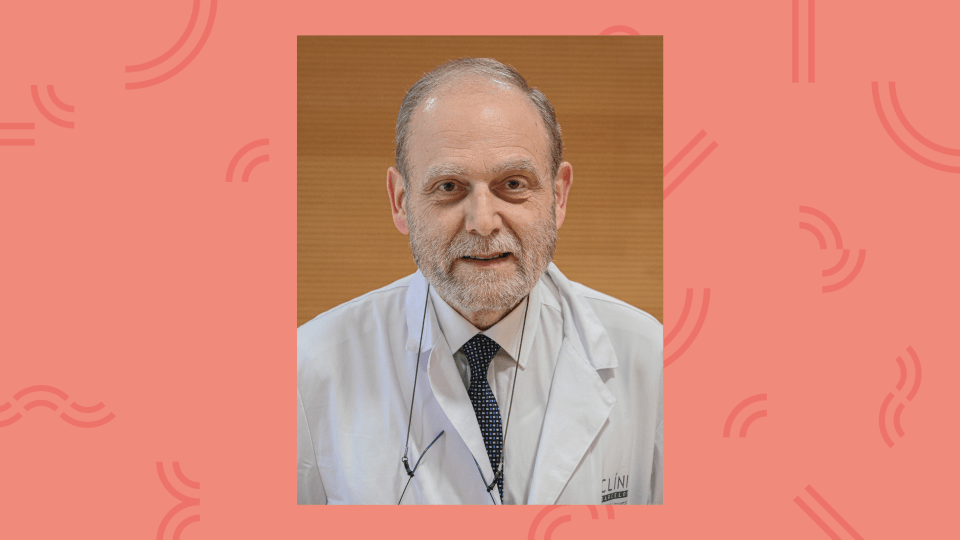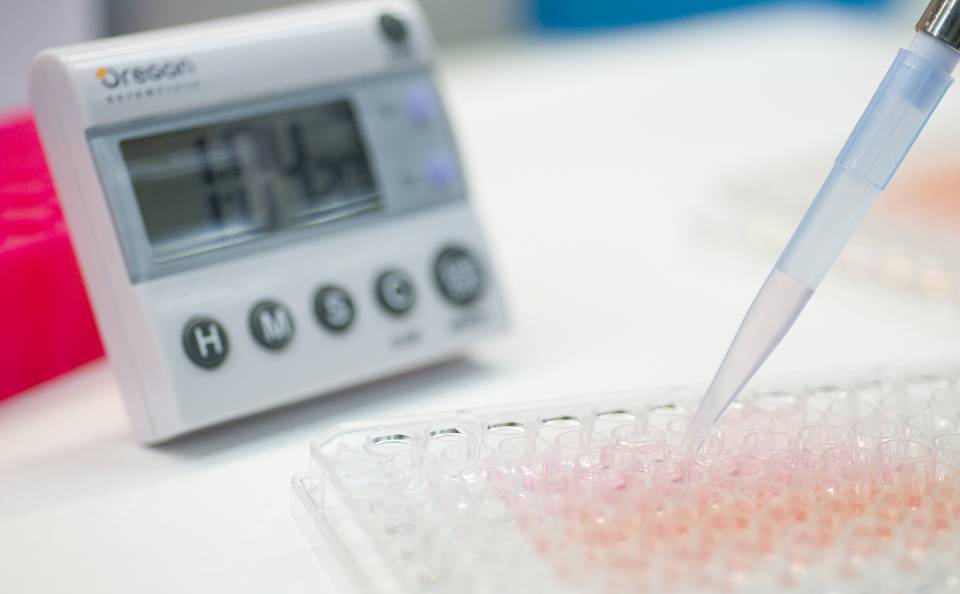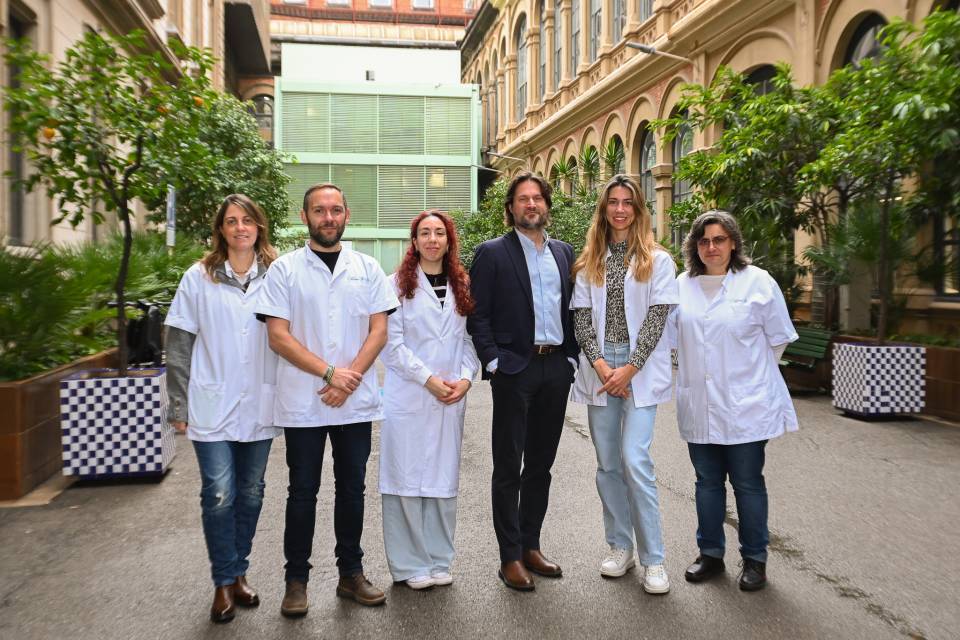Dr. Hernández-Gea is a hepatologist in the Hepatic Haemodynamics Unit at the Hospital Clínic Barcelona and researcher in the IDIBAPS Regulation of hepatic microcirculation in cirrhosis and hepatic vascular diseases group and in the same group at CIBERehd, both headed by Dr. Juan Carlos García Pagán.
The main aim of the RiTA project (Porto-Sinusoidal Vascular Disease: Risk Stratification and Therapeutic Approaches), which started in 2024, is to investigate the natural history and progression of PSVD, in order to develop tools that can predict patient prognosis and identify new therapeutic targets.
The development of the project will involve a multi-centre team led by Dr. Hernández-Gea and comprising researchers from the Assistance Publique - Hôpitaux de Paris – AP-HP (Dr. Pierre-Emmanuel Rautou) and INSERM (Dr. Agnès Dumas) in France; from the Università degli Studi di Padova - UNIPD (Dr. Alberto Zanetto) in Italy; from the German Cancer Research Center (Dr. Mathias Heikenwaelder) in Germany; and from the Weizmann Institute of Science (Dr. Shalev Itzkovitz) in Israel.
The “European Joint Programme on Rare Diseases” (EJP RD) is a programme that aims to achieve progress and innovation for the benefit of everyone with a rare disease. EJP RD brings together more than 130 institutions (including all 24 European Reference Networks) from 35 countries, to create a comprehensive and sustainable ecosystem that enables a virtuous circle between medical research, care and innovation.
What is Porto-Sinusoidal Vascular Disease?
PSVD is a group of diseases that damage the intrahepatic vessels and affect the portal vein and hepatic sinusoids, in the absence of cirrhosis, and share similar clinical features with non-cirrhotic Portal Hypertension (PH), suggesting common underlying biological mechanisms.
It is a rare disease that mainly affects young people, with an average age of 40 years. It has an incidence rate of 1.8 cases per 100,000 persons and primarily affects men. At present, there is no treatment available to change the natural course of the disease or biomarkers that can predict patient prognosis. Management is limited to the symptomatic treatment of PH, which is the main contributor to mortality. The 10-year overall survival rate without the need for liver transplantation ranges from 40% to 82%, with a liver transplantation rate of 5% at five years. The lack of adequate preclinical models, and the limited understanding of the pathophysiology of the disease, make it hard to develop new therapies.




